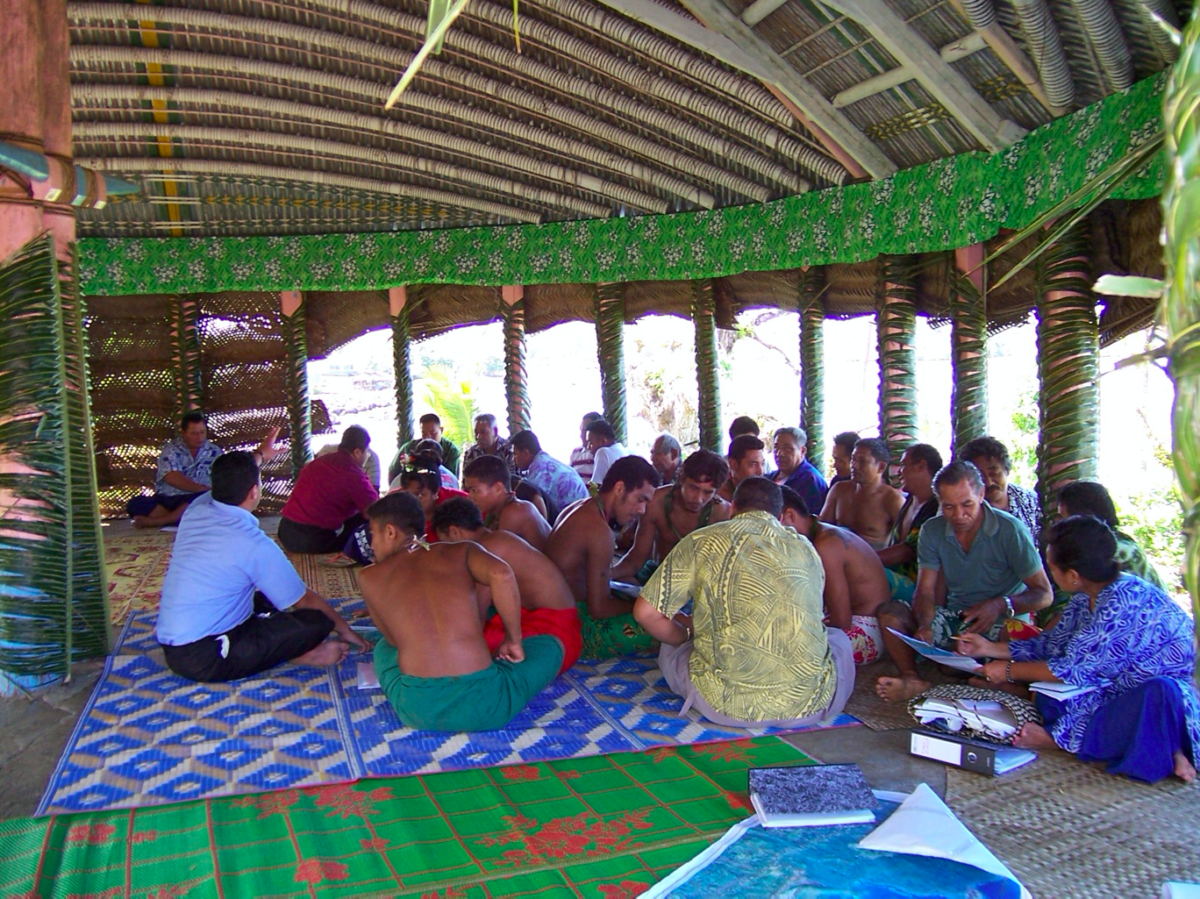
Catalysing Affordable Housing in Kenya
CROSS-CUTTING SECTORS
Finance, housing, climate, land tenure, urban poor, gender
ORGANISATION(S)
REALL in partnership with BuildX Studio Ltd (formerly OrkidStudio)
PROJECT OVERVIEW
Rapid urbanisation in Kenya means that the current housing deficit stands at over 2 million homes – with an estimated 61% of Kenyans living in slums. Several challenges currently limit the housing supply including high cost of land, high construction costs and outdated construction materials and methods. Kenya remains over-dependent on cement-based materials delivered through highly wasteful and inefficient methods which harm the environment.
Reall recognises that construction must be climate smart and have partnered with BuildX, Africa’s first B Corp Certified Design-Build company, to deliver greener affordable housing, without compromising on quality and design. Together, BuildX and Reall are creating construction sustainability through sourcing local materials which significantly reduce carbon emissions. They are also piloting standardised housing construction which leverages technology – maximising recycling and reuse and reducing waste and emissions.
Coupled with their strong green build expertise, BuildX have excellent gender equality credentials, prioritising labour and training for women. Click here for more information on the project.
RELEVANCE TO THE CALL TO ACTION ON SUSTAINABLE URBANISATION ACROSS THE COMMONWEALTH
These examples have been chosen because of their relevance to the Call to Action, as shown by the direct quotes provided below. To view the Call to Action click here.
- “Cities and human settlements are responsible for ensuring delivery of essential services including water, sanitation, healthcare, education, public transport, and housing”
- “There is already a substantial deficit in investment in essential urban infrastructure.”
- “Cities are a major source of greenhouse gas emissions and where the impacts of climate change are experienced acutely.”
- “Sustainable urbanisation demands collective action – genuine multi-level governance – to empower, enable and support cities and their citizens.”
THIS EXAMPLE HAS BEEN PROVIDED BY
REALL: https://www.reall.net/





